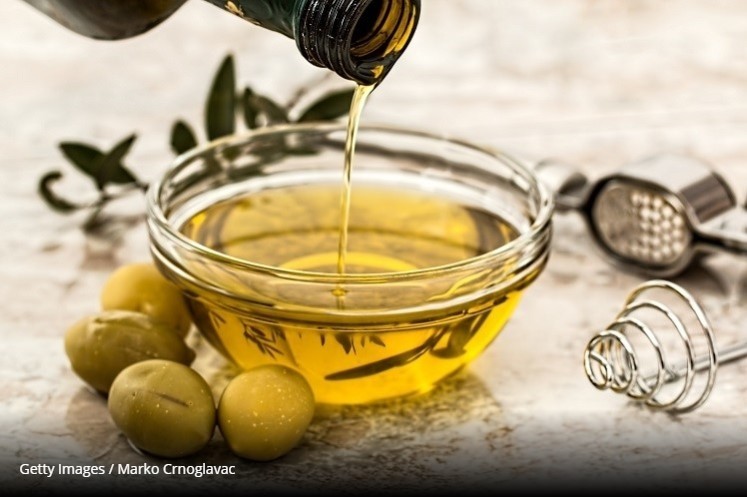Scientists find way to extract industry-standard polyphenols from olive and grape waste

Writing in the journal Frontiers in Nutrition, the researchers think the method can be applied to polyphenols sourced from olive tree (Olea europaea L.) and common grape vine (Vitis vinifera L.) waste that are useful in the food, cosmetics, and pharmaceuticals sectors.
“A remarkable innovation of process consists of obtaining extracts naturally enriched in bioactive compounds,” the team from the university of Florence writes.
“Advanced plant material drying techniques, micronisation, extraction, and membrane purification technologies go in this direction, contributing to increasing the added value of the final products and their industrial potential in agronomic, food, cosmetic, and pharmaceutical sectors.”
Along with colleagues from the universities of Rome II and Tuscia in Italy, the team adds that the usefulness of winery wastes can generate a parallel market to that of the wine production.
Grape seeds contain high polyphenol concentrations that exhibit a number of biological activities that have proved helpful in tackling diabetes mellitus, cardiovascular disease (CVD), dyslipidaemia, and cancer.
The team also point out that after the removal of polyphenols, grape seeds can be used as biomass for the generation of energy.
Study details
To produce the micronised powders and extracts from olives, the researchers detail a method that combines techniques to dry the plant material along with the use of water extraction of polyphenols and secoiridoids.
Plant material drying is first performed under humidity and temperature control (35°C for 12 hours).
Meanwhile, oil-free olive destoned pulps, are dried using dryer cell–hot air input (12 hours at a temperature of 40°C and 24 hours at 35°C until complete drying (max 5% activity water).
Membrane technologies are also used to purify and extract bioactive concentrations with concentrate fraction samples rich in hydroxytyrosol (HT) obtained after preparative liquid chromatography (LC).
Using these technologies and purification systems, the team found the yield did not exceed 0.02%.
To produce the micronised powders and extracts from the common grape vine, the team take a similar approach, first drying the plant material and then applying hydroalcoholic extraction of the polyphenols.
Membrane technologies are then used to increase concentrations and when necessary, concentration of the fractions from under vacuum evaporation.
Along with the procedures, the team also provide literature data supporting the beneficial effects derived from Olea europaea L. and Vitis vinifera L.
Olive oil waste
In using this approach for olive oil wastes, the team found the HT content higher in oil pressing (AP) than for AP drying (AD),
As the team points out the AP method can be used for nutraceutical purposes even if their production requires a lot of energy and high drying times.
Among the polyphenols present, one that has beneficial effects on human health is oleocanthal (OLC), particularly anticancer activity through different mechanisms of action.
Studies in vitro have shown that OLC reduces the expression of a protein (c-met) receptor, which may be involved in new blood vessel formation and tumour mass growth.
High anthocyanoside content
Regarding the polyphenols extracted from the common grape vine, the team notes that while the content of catechins and procyanidins was low, extracts of red vine contained up to 3% of anthocyanosides, which could be applied in the cosmetic and food supplements sectors.
The polyphenolic content of grape seed extract (GSE) includes catechin and epicatechin monomers, dimers, and trimers as main compounds extracted, which the team includes studies pointing to inhibition of enzymes responsible for radical formation and anticancer effects.
“This platform is environmentally sustainable,” the team states. “The final products were obtained using water as a solvent of extraction, avoiding the toxic solvents.
“Powders and extracts are standardized in terms of polyphenol content, as confirmed by the high-performance liquid chromatography–diode array detector–mass spectrometry (HPLC-DAD-MS) analysis.
“The platform is also economically sustainable because it can be used all year, processing the agro-industrial wastes of different seasons.”
Source: Front. Nutr.
Published online: doi.org/10.3389/fnut.2020.00120
“An Industrial and Sustainable Platform for the Production of Bioactive Micronized Powders and Extracts Enriched in Polyphenols From Olea europaea L. and Vitis vinifera L. Wastes.”
Authors: Annalisa Romani et al






